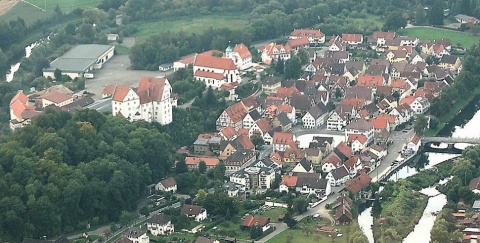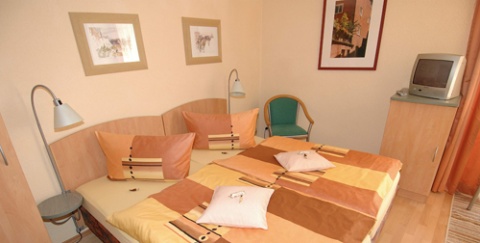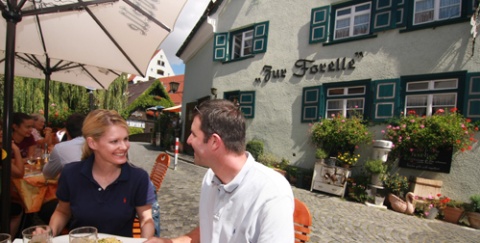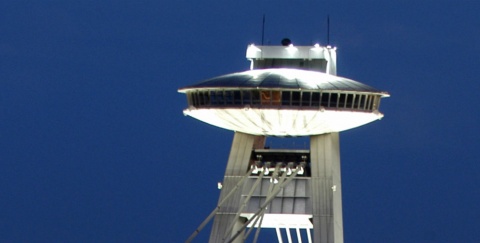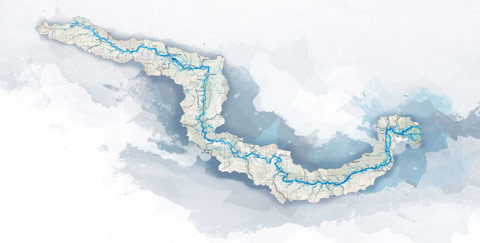
Zwiefalten
There are two good reasons to visit Zwiefalten: its early Benedictine abbey, and its fantastic location on the Upper Swabian Baroque Route in the Swabian Alb Biosphere. The monks are long gone, but the bewitching landscape is still very much here – as are the historical buildings, local hospitalit...
Country: Germany
A few kilometres west of the Danube on the banks of the Zwiefalter Aach tributary river lies the village of Zwiefalten. Even today, its significance can be attributed to its Benedictine abbey. Founded and dedicated in 1089, it was quickly turned into a powerful and prosperous institution through donations and other gifts. A convent was also added but later abandoned. It was finally deconsecrated in 1802 and since 1806 has housed a psychiatric hospital under various names. The former cemetery chapel is today the site of a museum that provides a fascinating insight into the sometimes controversial history of psychiatry.
The abbey's church, by contrast, known as the Cathedral of Our Lady, is a masterpiece of the baroque. The church was built between 1739 and 1785 on the site of the Romanesque cathedral to accommodate the hordes of visiting pilgrims. Hence why its opulently decorated interior is one of the largest of any church in Germany.
From the largest to the smallest: the Zwiefaltendorf stalactite cave, with a length of just 27 metres, is Germany's smallest show cave. In spite of its size, it's well worth a visit, as is the Wimsener (aka Friedrich) cave, discovered in 1447 and explorable by boat. Once you're back in broad daylight, the countryside of the Swabian Alb seems even more beautiful.
DANUBE.TRAVEL has no control over the website content generated by users and/or visitors, neither such content represents a statement, opinion, recommendation or rating by DANUBE.TRAVEL. For further information please refer to DANUBE.TRAVEL – General Website Terms and Conditions of Use.
 EN
EN DE
DE


